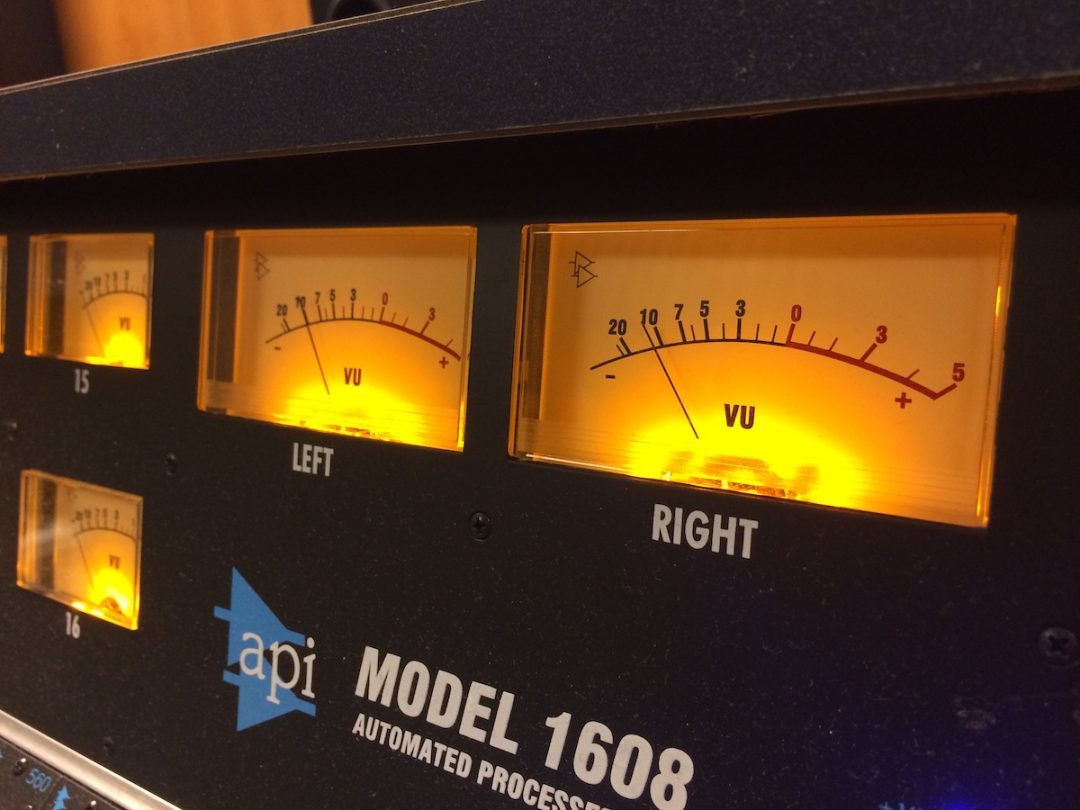knl
Active member
I have a few questions for the tape heads out there.
Do Cassette Decks (or Reel to Reel) amplify the input signal at all? In other words, if you turn the input level to Max, do the recording electronics see the input signal without any additional amplification?
In addition, what standard are used for DB in cassette decks and are there differences (do 0dB refer to dbV, 1V or dBm which is 0.775V).
In other words, if I want to calibrate (in a general case) my decks dB meters, can I just adjust recording level to Max, input a 0.775V signal from an Audio Generator and adjust the meter to 0dB.
Obviously the correct method is per the Service Manual, but I do not have access to the reference tapes specified in most cases.
Do Cassette Decks (or Reel to Reel) amplify the input signal at all? In other words, if you turn the input level to Max, do the recording electronics see the input signal without any additional amplification?
In addition, what standard are used for DB in cassette decks and are there differences (do 0dB refer to dbV, 1V or dBm which is 0.775V).
In other words, if I want to calibrate (in a general case) my decks dB meters, can I just adjust recording level to Max, input a 0.775V signal from an Audio Generator and adjust the meter to 0dB.
Obviously the correct method is per the Service Manual, but I do not have access to the reference tapes specified in most cases.

